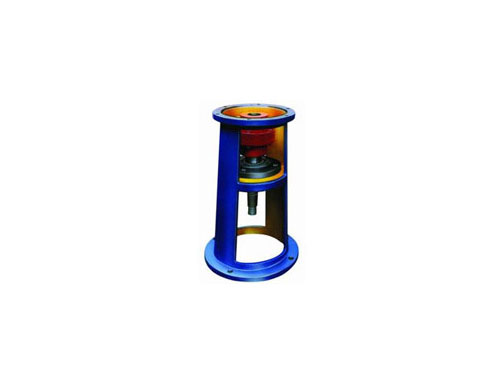 JB type HG5-251-79 standard frameThe selection of JB type HG5-251-79 standard frame, the original...
JB type HG5-251-79 standard frameThe selection of JB type HG5-251-79 standard frame, the original...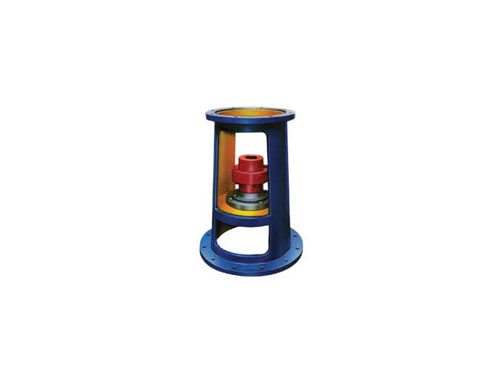 JXLD frame (74 standard)The JXLD type of this rack series is suitable for...
JXLD frame (74 standard)The JXLD type of this rack series is suitable for...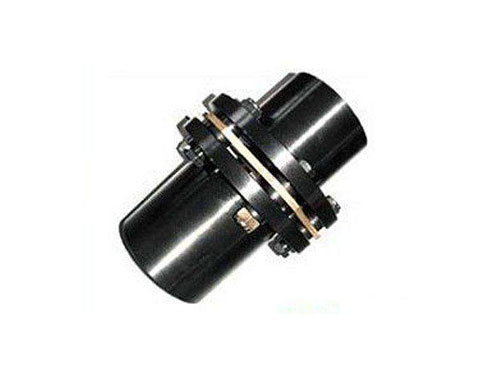 JMⅡ type non-counterbore basic diaphragm couplingJMⅡ type non-counterbore basic diaphragm coupling...
JMⅡ type non-counterbore basic diaphragm couplingJMⅡ type non-counterbore basic diaphragm coupling...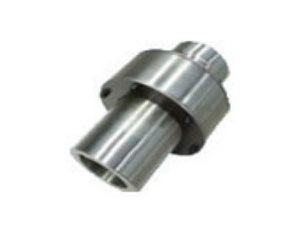 ZL type elastic pin gear couplingZL type elastic pin gear coupling is the use of...
ZL type elastic pin gear couplingZL type elastic pin gear coupling is the use of...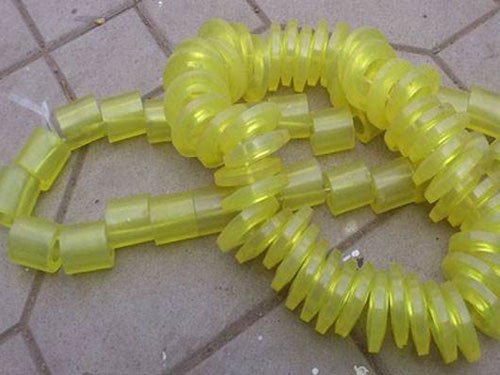 Elastic sleeveThe elastic sleeve uses a number of non-metal elastic...
Elastic sleeveThe elastic sleeve uses a number of non-metal elastic...The actual use of diaphragm elastic coupling and the form of shaft hole
The diaphragm type elastic coupling basically has a variety of different ways of use in the actual use process, but sometimes such a product will appear black during use, then once it is really used After all, how should we deal with it?In such a manufacturer’s diaphragm-type elastic coupling, when these blackening conditions occur, a series of anti-rust effects should be exerted on the surface of the entire fastener, and during the entire processing process, Increasing the smoothness of their surface, in such a way to improve their aesthetics, and even reduce the stress in the quenching process.When the entire diaphragm-type elastic coupling enters some sending liquids, at first they may cause a series of corrosion to acidic objects, and may cause some dissolution of metals, or some other ions. Various substitution reactions occur.Then in this case, some of the original particles can replace each other and deposit on the metal surface, because some oxidants are added to the solution itself, so in addition, some different ions in the nitrite are reduced. This It can promote a series of oxidation reactions or other chemical reactions on their metal surfaces.
Compared with the gear coupling, the diaphragm elastic coupling has no relative sliding, no lubrication, sealing, no noise, basically no maintenance, easy to manufacture, and can partially replace the gear coupling.The characteristic of the diaphragm-type elastic coupling is a bit like a bellows coupling. In fact, the way the coupling transmits torque is similar.The diaphragm itself is very thin, so it is easy to bend when the relative displacement load is generated, so it can withstand up to 1.5 degrees of deviation, while generating a lower bearing load in the servo system.Diaphragm flexible couplings are often used in servo systems. Diaphragms have good torque rigidity, but are slightly inferior to bellows couplings.On the other hand, the diaphragm-type elastic coupling is particularly delicate, and it can be easily damaged if it is misused or improperly installed during use.Therefore, it is particularly necessary to determine that the deviation is within the tolerance range of the normal operation of the coupling.Choosing the right coupling is a key step to make good use of the coupling. You have to consider what type of coupling to choose in the design stage.
The diaphragm elastic coupling is composed of at least one diaphragm and two shaft sleeves.The diaphragm is fastened to the shaft sleeve with a pin and generally does not loosen or cause backlash between the diaphragm and the shaft sleeve.Some manufacturers provide two diaphragms, and some provide three diaphragms, with one or two rigid elements in the middle, and the two sides are connected to the shaft sleeve.The difference between the single diaphragm coupling and the double diaphragm coupling is the ability to handle various deviations. In view of the complex bending of the diaphragm, the single diaphragm coupling is not suitable for eccentricity.The double diaphragm coupling can bend in different directions at the same time to compensate for eccentricity.
The fit between the diaphragm coupling and the shaft is mostly interference fit. The connection is divided into keyed and non-keyed. The shaft hole of the diaphragm-type elastic coupling is divided into cylindrical shaft hole and tapered shaft hole. form.The assembly methods include dynamic press-in method, temperature difference assembly method and static press-in method.
200. Temperature difference assembly method: The coupling is heated to expand by heating or the shaft end is cold and contracted by cooling, so that the wheel coupling can be easily installed on the shaft.This method has more advantages than the static and dynamic press-in methods. For the wheel made of brittle materials, the temperature difference assembly method is appropriate.The temperature difference assembly method mostly adopts heating method, and the cooling method is less used.There are many heating methods. Some put the wheel into high-flash point oil for oil bath heating or welding torch baking, and some use an oven for heating. Oil bath heating and welding torch baking are often used at the assembly site.The higher temperature that the oil bath can reach depends on the nature of the oil, and it is generally below 200°C.When other methods are used to heat the inside of the wheel, the temperature of the diaphragm-type elastic coupling can be higher than 430°C. However, from the perspective of metallography and heat treatment, the heating temperature of the coupling cannot be increased arbitrarily. The recrystallization temperature of steel is 430°C.If the heating temperature exceeds 430°C, it will cause changes in the internal structure of the steel, so the upper limit of the heating temperature needs to be less than 400°C.For insurance, the upper limit of heating temperature should be below XNUMX℃.As for the actual heating temperature of the coupling, it can be calculated according to the interference value of the shaft and the shaft and the requirements when the diaphragm-type elastic coupling is heated on the shaft.
XNUMX. Power press-in method: This method refers to the use of impact tools or machinery to complete the assembly process. It is generally used in situations where the coupling and shaft fit is transitional or has little interference.The assembly site usually uses a hand hammer to beat it. The method is to put wooden blocks or other soft materials on the inner end of the wheel as a buffer, and rely on the impact force of the hand hammer to knock in the diaphragm-type elastic coupling.This method has the risk of local damage to the coupling made of brittle materials such as cast iron, quenched steel, cast alloy, etc., and should not be used.This method will also damage the mating surface, so it is often used for the assembly of low-speed and small couplings.
XNUMX. Static pressing method: This method is based on the different pressing force required during assembly, using clamps, jacks, manual or motorized presses. The static pressing method is generally used for tapered shaft holes.Because the static press-in method is restricted by the pressure machine, it is difficult to apply a large force when the interference is large.At the same time, during the press-in process, the uneven small peaks on the mating surface between the diaphragm-type elastic coupling and the shaft will be cut off, causing the mating surface to be damaged.Therefore, this method is generally not widely used.
The connection of elastic elements has no gap, generally does not need lubrication, is convenient to maintain, easy to balance, light weight, no noise, bucuo adaptable to the environment, large load-bearing, long service life but low torsional elasticity, poor cushioning and vibration reduction performance, mainly used Rotate the shaft system at high speed when the load is relatively stable.It can compensate the relative displacement of the two shafts, is acid resistant, and allows the working temperature to reach 200 degrees.It can partially replace gear couplings.